Trimethyl orthobutyrate
Synonym(s):1,1,1-Trimethoxybutane
- CAS NO.:43083-12-1
- Empirical Formula: C7H16O3
- Molecular Weight: 148.2
- MDL number: MFCD00008480
- EINECS: 256-079-9
- SAFETY DATA SHEET (SDS)
- Update Date: 2025-01-27 09:38:02

What is Trimethyl orthobutyrate?
Chemical properties
Clear colorless to slightly yellow liquid
The Uses of Trimethyl orthobutyrate
Trimethyl orthobutyrate has been used in the preparation of:
- 5-acetamido-9-O-butyroyl-3,5-dideoxy-D-glycero-2-nonulo pyranosonic acid
- 9-O-butyroyl-3,5-dideoxy-5-glycoloylamido-D-glycero-2-nonulo pyranosonic acid
The Uses of Trimethyl orthobutyrate
Trimethyl orthobutyrate can be used for:
- Acylation at OH-9 of N-acetylneuraminic acid and N-glycoloylneuraminic acid to give the corresponding 9-O-acylated derivatives.
- Conversion of 2-amino-N-(1-H-benzimidazol-2-yl)benzamide to 2-propyl-3-benzimidazolyl-4(3H)-quinazolinone.
- Preparation of 2-propyl substituted benzimidazoles from 1,2-benzenediamines.
It can also be used in the total synthesis of dl-camptothecin, Olmesartan Medoxomil, DE and CDE ring analogs of camptothecin, and homologs of 1,25-dihydroxyvitamin D3.
General Description
Kinetics and mechanism of gas-phase elimination of trimethyl orthobutyrate has been examined over the temperature range of 310-369°C and pressure range of 50-130Torr.
Properties of Trimethyl orthobutyrate
| Boiling point: | 145-147 °C (lit.) |
| Density | 0.926 g/mL at 25 °C (lit.) |
| refractive index | 1.402-1.404 |
| Flash point: | 50 °C |
| storage temp. | Flammables area |
| solubility | Chloroform, Ethyl Acetate |
| form | Liquid |
| color | Clear colorless to slightly yellow |
| Specific Gravity | 0.926 |
| BRN | 1737319 |
| CAS DataBase Reference | 43083-12-1(CAS DataBase Reference) |
| NIST Chemistry Reference | Trimethyl orthobutyrate(43083-12-1) |
Safety information for Trimethyl orthobutyrate
| Signal word | Warning |
| Pictogram(s) |
 Flame Flammables GHS02  Exclamation Mark Irritant GHS07 |
| GHS Hazard Statements |
H226:Flammable liquids H315:Skin corrosion/irritation H319:Serious eye damage/eye irritation H335:Specific target organ toxicity, single exposure;Respiratory tract irritation |
| Precautionary Statement Codes |
P210:Keep away from heat/sparks/open flames/hot surfaces. — No smoking. P302+P352:IF ON SKIN: wash with plenty of soap and water. P305+P351+P338:IF IN EYES: Rinse cautiously with water for several minutes. Remove contact lenses, if present and easy to do. Continuerinsing. |
Computed Descriptors for Trimethyl orthobutyrate
New Products
3-Iodophenylacetic acid 3-Pyridineacetonitrile, α-hydroxy- 2-Propanamine, 1-chloro-, hydrochloride (9CI) 3-(hexyloxy)-4-(pyridin-3-yl)-1,2,5-thiadiazole 2-Hexyn-1-ol Dibenzo-18-crown-6 Nickel(II) perchlorate hexahydrate, 98% 4-Bromophenylacetonitrile, 95% 3-Bromo-4-fluoroaniline, 97% Sodium tetraborate decahydrate, 98% Palladium(II) acetate, trimer, Pd 99% 4-Bromo-2-chlorotoluene, 97% N N Dimethylformamide Dimethyl Acetal (Dmf Dma) 2,3-Dichloro Benzoyl Cyanide [Side Chain] Bis(2-Chloroethyl) Amine Hydrochloride L-Glutamic Acid Diethyl Ester Hydrochloride 5-(Difluoromethoxy)-2-Mercaptobenzimidazole 1-Ethyl-3-(3-Dimethylaminopropyl)-Carbodiimide Hydrochloride [EDC Hcl] 1,4-Napthoquinone Bromoiodomethane Sodium Bicarbonate Methylene Dichloride (MDC) Ethyl Acetate Indole-3-Carbinol (I3C)Related products of tetrahydrofuran

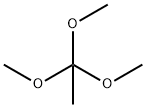

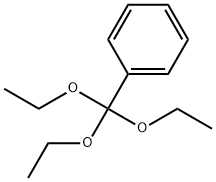
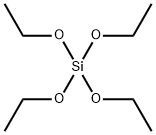

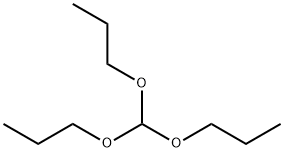
![1,1',1''-[propylidynetris(oxy)]tributane](https://img.chemicalbook.in/CAS/GIF/62042-45-9.gif)
You may like
-
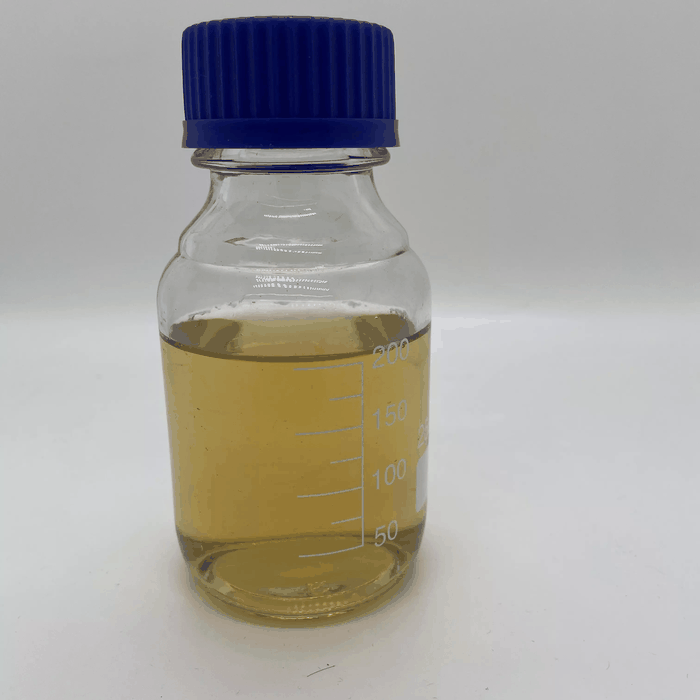 43083-12-1 Trimethyl ortho butyrate 99%View Details
43083-12-1 Trimethyl ortho butyrate 99%View Details
43083-12-1 -
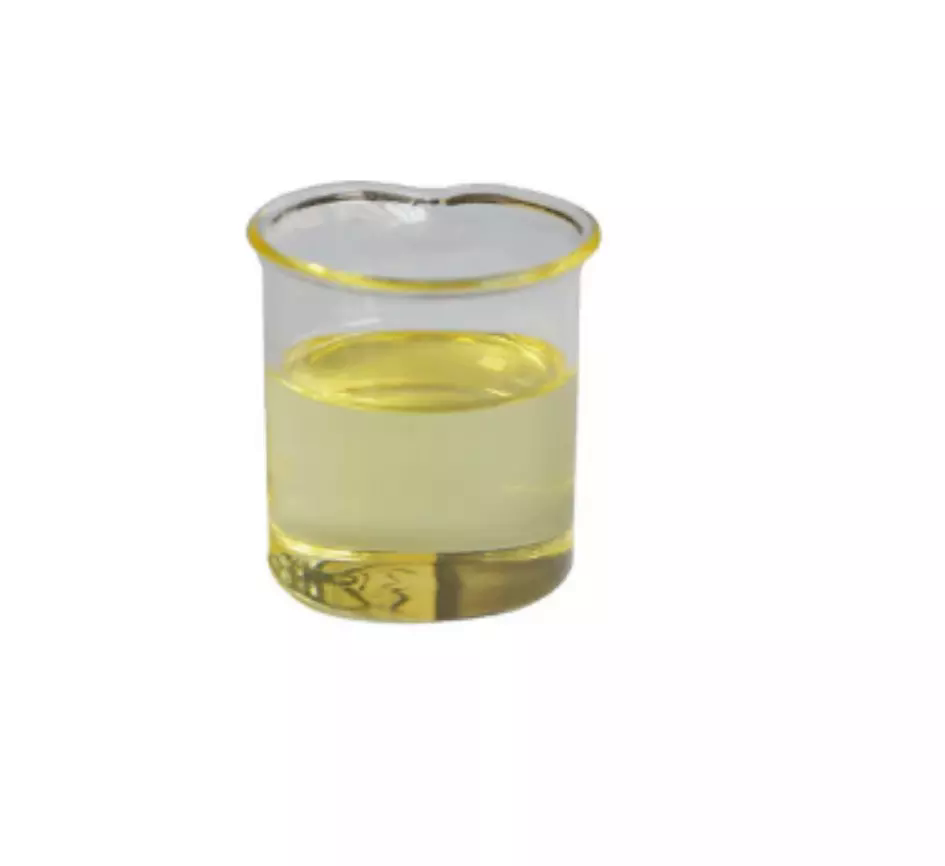 43083-12-1 99%View Details
43083-12-1 99%View Details
43083-12-1 -
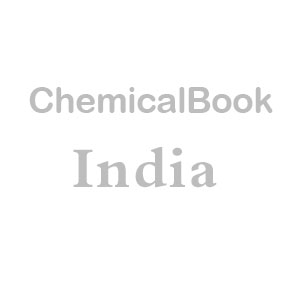 Trimethyl Orthobutyrate CAS 43083-12-1View Details
Trimethyl Orthobutyrate CAS 43083-12-1View Details
43083-12-1 -
 Trimethyl orthobutyrate, 97% CAS 43083-12-1View Details
Trimethyl orthobutyrate, 97% CAS 43083-12-1View Details
43083-12-1 -
 Trimethyl orthobutyrate 95.00% CAS 43083-12-1View Details
Trimethyl orthobutyrate 95.00% CAS 43083-12-1View Details
43083-12-1 -
 Trimethyl orthobutyrate CAS 43083-12-1View Details
Trimethyl orthobutyrate CAS 43083-12-1View Details
43083-12-1 -
 Cyclohexane, (2-propynyloxy)- 67967-07-1 98+View Details
Cyclohexane, (2-propynyloxy)- 67967-07-1 98+View Details
67967-07-1 -
 132945-75-6 (S)-1-Boc-3-methanesulfonyloxy-pyrrolidine 98+View Details
132945-75-6 (S)-1-Boc-3-methanesulfonyloxy-pyrrolidine 98+View Details
132945-75-6
Statement: All products displayed on this website are only used for non medical purposes such as industrial applications or scientific research, and cannot be used for clinical diagnosis or treatment of humans or animals. They are not medicinal or edible.
